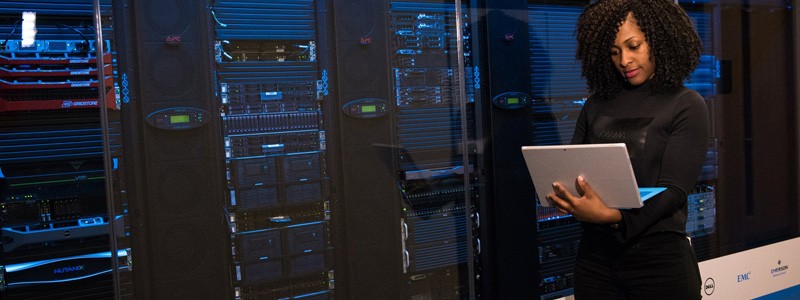The assumption might be that it’s just about cost and provider, but there’s far more to it than that—including minimising downtime and keeping company revenue flowing.
What is Backup as a Service (BaaS)?
A backup is traditionally understood as the act of copying files or databases from one location to another, protecting the information in case something happens to the original file or location.
Because everything is cloud-based these days, BaaS is simply the act of backing up your information, via the cloud, to your off-site IT provider. Depending on your service agreement, this will be done at regular intervals to ensure information is as up to date as possible, and it can be kept for as long as a year.
In the event of a problem with your server, recovery will be handled by your IT provider, who can restore data from the backup—although they will need to recover the system and applications first. One step on from this, Recovery as a Service (RaaS) also includes restoration of the applications as well as the data, and sometimes these two processes are rolled into one backup and recovery service (which is probably why it is often confused with Disaster Recovery).
What is Disaster Recovery as a Service (DRaaS)?
While DRaaS includes both backup and recovery services, it also adds another level of protection in the form of what’s known as a ‘failover’.
This is where you have a secondary system or component which users can switch over to in the event of an outage of the primary system or component. In other words, it means having another server, network or database running in the background (either on-site or available via the cloud), ready to be used if needed.
Not only does this mean you now have data backed up in two (or more) places, but it enables business to keep their IT infrastructure and business-critical applications running, no matter what issues have occurred to the primary system or how long it will be down.
The differences between BaaS and DRaaS and how they can affect your business
Which data protection option best suits your business depends on several factors.
BaaS and RaaS (or a combination of the two) offer quick and efficient peace of mind for computer-centric businesses who need a data protection plan in place, but who can work around downtime. It involves less IT infrastructure too, so the costs can be easier to work with. However, the recovery process involves restoring only the working parts, while the working system itself still needs to be rebuilt. So, the Recovery Time Objective (RTO)—how long to get back up and running—could be significant.
DRaaS, on the other hand, is a far more extensive service and therefore comes with a more expensive price tag because of the failover option (although cloud-based failovers are cheaper than building your own secondary data centre). But if your business depends on critical applications and the ability to work 24/7 then you may well consider this option worth the extra money.
Having the ability to avoid significant downtime by switching to a secondary system and continue working could help businesses save thousands of pounds in lost productivity. Plus, the new system will be in a different place, closed off to the problems that have affected the primary system, which helps to ensure disaster can’t strike twice.
But arguably one of the biggest benefits of DRaaS is also that it’s a service that revolves around having a short Recovery Point Objective (RPO), which means that the data recovered will be from as close to the present time as possible (whereas backups will revert to the last backup event, which could be hours or even days old). In our fast-paced digital lives, having the very latest information available in the event of a disaster is invaluable to keeping most companies in business.
Summary
In the end, the data protection option you choose for your business depends on your immediate budget, plus how much downtime you think your business can afford in the event of a crisis. If you want to safeguard your information and are prepared for hours or even days of lost productivity if a problem occurs, then the cheaper BaaS and/or RaaS options could be for you. However, if it’s essential to keep your business up and running, DRaaS is always the safe bet to minimise downtime and keep that revenue flowing.
Still unsure about your data protection options? Contact us today and we’ll help you make the right choice for your business.
